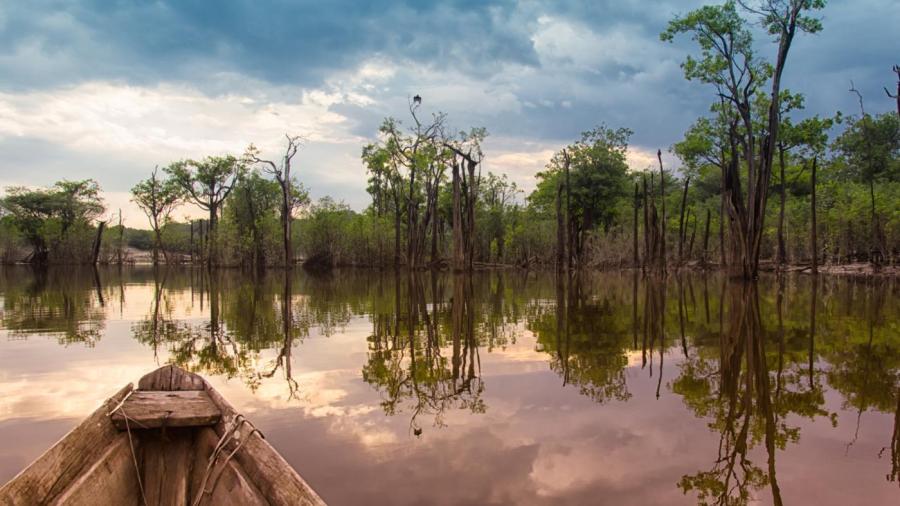Why Should We Save the Amazon Rainforest?

The Amazon rainforest is rich in natural resources, such as water and medicinal plants, and its lush habitats house approximately one-third of Earth’s species, according to the Nature Conservancy. About 25 percent of the world’s fresh water cycles through rivers connected to the Amazon Basin. Logging and agricultural enterprises have lead to widespread deforestation, threatening the survival of indigenous cultures, animals and plant life.
The Amazon encompasses 1.4 billion acres of forest land across nine countries and territories: Brazil, Colombia, Peru, Ecuador, Bolivia, French Guiana, Suriname, Venezuela and Guyana, according to the World Wildlife Fund. By itself, the Amazon basin is 26 million square miles, making up roughly 40 percent of South America. When proper conservation methods are not used, local projects, such as mining, logging, river damming and cattle farming cause water contamination, climate change and soil erosion. Wildlife is cut off from major habitats, and loss of plant life limits the rainforest’s natural ability to manage rain fall and greenhouse gas emissions.
The Nature Conservancy estimates that approximately 750 tree species, 400 bird species, 1,500 flowering plants and 150 butterfly species occupy a four-square-mile section of rain forest. The Amazon and other rainforests are the sole suppliers of 70 percent of plants used in cancer treatment, and the entire world relies on major exports, such as coffee and timber. Unfortunately, based on increases in tropical deforestation, researchers believe these biodiversity hubs may lose between 5 and 10 percent of local species per decade.





